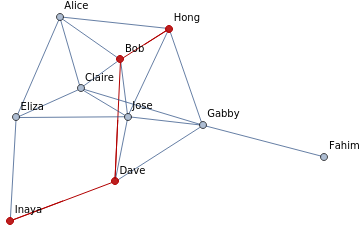
You are using a browser not supported by the Wolfram Cloud
Supported browsers include recent versions of Chrome, Edge, Firefox and Safari.
I understand and wish to continue anyway »



Name | Online Social Network |
VertexCount | 1899 |
EdgeCount | 20296 |
Description | Social network of an online community. |
ByteCount | 2816.03 kB |

You are using a browser not supported by the Wolfram Cloud
Supported browsers include recent versions of Chrome, Edge, Firefox and Safari.
I understand and wish to continue anyway »